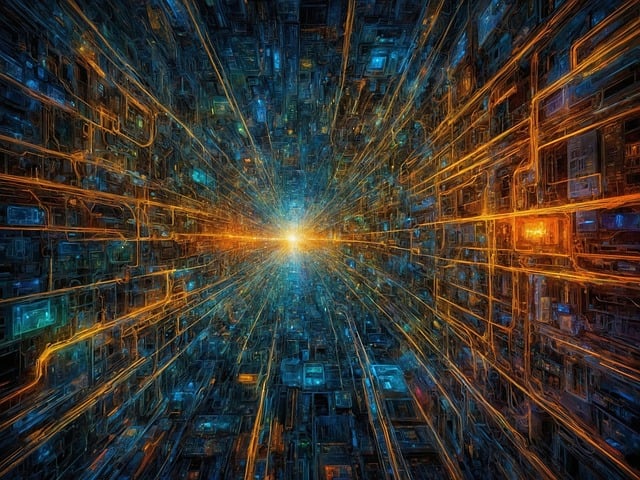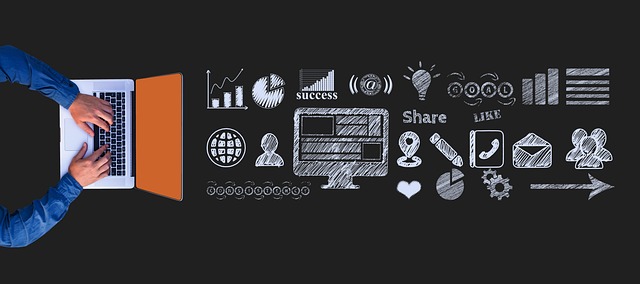AI-driven food photography optimization is transforming the culinary industry by leveraging advanced computer vision algorithms for enhanced visual representation, content generation, and operational efficiency. This technology not only improves image quality through precise color accuracy and detailed textures but also analyzes recipes, suggests styling techniques, and automates sorting/packaging processes. By providing high-quality visuals for menus, online stores, and social media, it boosts customer engagement and sales while ensuring product consistency and safety throughout the supply chain.
“Discover how AI is transforming the culinary world through the lens of computer vision. This article explores the revolutionary impact of AI-driven food photography optimization, showcasing its potential to elevate the food industry. From understanding the fundamentals of this technology to examining its practical applications, we delve into how AI enhances quality and streamlines processes. Learn about the techniques that turn culinary art into visual masterpieces, all while achieving delicious results.”
- Understanding AI-driven Food Photography: Unlocking Visual Potential
- The Impact on the Food Industry: Enhancing Quality and Efficiency
- Optimizing Techniques: From Concept to Delicious Results
Understanding AI-driven Food Photography: Unlocking Visual Potential

AI-driven food photography is transforming the way we visualize and appreciate culinary delights. By harnessing advanced computer vision algorithms, this technology optimizes visual representation, unlocking a wealth of potential for businesses in the food industry. With AI, photographers can achieve precise color accuracy, enhance textures, and capture intricate details that might otherwise go unnoticed, thus elevating the overall aesthetic appeal of food images.
This innovative approach goes beyond basic image enhancement. AI-powered tools can analyze recipes, understand ingredients, and suggest styling techniques, ensuring each photograph tells a compelling story about the dish. Furthermore, AI-driven optimization allows for efficient content generation, enabling businesses to quickly create high-quality visuals for menus, online stores, or social media campaigns, ultimately enhancing customer engagement and driving sales.
The Impact on the Food Industry: Enhancing Quality and Efficiency

The food industry has witnessed a significant transformation with the advent of AI-driven computer vision applications, particularly in the realm of AI-driven food photography optimization. By leveraging advanced algorithms and machine learning techniques, these technologies analyze visual data to enhance food quality assessment and streamline production processes. For instance, AI models can detect defects, ensure uniform cooking, and identify specific ingredients within food products, thereby improving overall product consistency and safety.
Furthermore, computer vision systems enable efficient sorting and packaging operations by automatically categorizing food items based on visual criteria. This not only reduces manual labor requirements but also minimizes waste and improves shelf life by identifying potential quality issues early in the supply chain. As a result, AI-driven food photography optimization promises to revolutionize food production, ensuring higher standards of quality while maintaining operational efficiency.
Optimizing Techniques: From Concept to Delicious Results

In the realm of AI business computer vision applications, AI-driven food photography optimization stands out as a game changer. By leveraging advanced algorithms and machine learning techniques, this technology transforms how culinary images are captured and enhanced. From concept to delicious results, AI optimizes every step—from adjusting lighting and color balance to applying precise cuts and compositions—to create visually stunning and mouthwatering photographs that capture the essence of food.
The process involves sophisticated image analysis, enabling AI systems to understand the dynamics of food presentation. Whether it’s a close-up shot of a chef’s masterpiece or an appetizing spread, AI algorithms can detect and rectify imperfections, ensuring every detail is exquisite. This not only improves the overall visual appeal but also aligns with modern consumers’ expectations of high-quality, engaging food content across various digital platforms.
AI-driven food photography optimization has transformed the culinary landscape, revolutionizing how we capture and present delectable creations. By leveraging advanced computer vision applications, businesses can enhance image quality, streamline workflows, and deliver visually captivating content that appeals to consumers. Through understanding the principles of AI photography, optimizing techniques, and embracing innovative solutions, industry folks can elevate their visual storytelling and unlock new levels of success in today’s competitive market.
